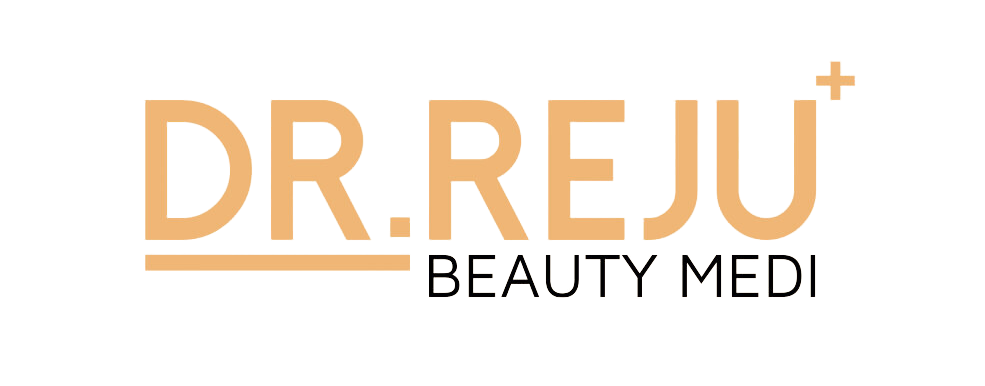The index is rebalanced quarterly, with companies added or removed based on their market capitalization and other factors each December as part of an annual reconstitution. An ETF is an investment fund traded on stock exchanges, much like stocks. It holds stocks, bonds, or commodities, and generally tracks the performance of a specific index. ETFs offer investors the advantage of diversification combined with the ability to trade your shares throughout the day like you would a stock. Over the course of the quarter, two companies were deleted from the Nasdaq 100® Index (and QQQ) and one company was added to the index (and QQQ).
ETFs offer a way for you to invest broadly across an area of the market you’re interested in or care about through a single bundled investment. They also tend to be passively managed, rather than active, and generally have low fees. By owning shares in the ETF, you gain exposure to its holdings without owning the underlying assets.
Pros and Cons of TQQQ
- In contrast, the ProShares UltraPro QQQ (TQQQ) is a leveraged ETF that aims to deliver three times the daily performance of the Nasdaq-100 Index.
- QQQQ no longer exists as a ticker symbol, having been shortened to QQQ in 2011.
- The daily reset of its leverage means TQQQ isn’t good at all for long-term holding periods and requires active management and monitoring.
- An ETF is an investment fund traded on stock exchanges, much like stocks.
- ETFs offer greater trading flexibility and control compared to mutual funds (which are priced only once daily at market close).
- Explore our insights on ETF basics, benefits, and strategies for investors of all types.
NASDAQ, Nasdaq-100 Index, Nasdaq-100 Index Tracking Stock and QQQ are trade/service marks of The Nasdaq Stock Market, Inc. and have been licensed for use by Invesco, QQQ’s sponsor. NASDAQ makes no representation regarding the advisability of investing in QQQ and makes no warranty and bears no liability with respect to QQQ, the Nasdaq-100 Index, its use or any data included therein. Investments focused in a particular sector, such as technology, are subject to greater risk, and are more greatly impacted by market volatility, than more diversified investments. The NASDAQ Composite Index measures all NASDAQ domestic and international-based common stocks listed on The Nasdaq Stock Market.
What country is S&P 500 in?
The Standard and Poor's 500, or simply the S&P 500, is a stock market index tracking the stock performance of 500 of the largest companies listed on stock exchanges in the United States.
Learn how ETFs may offer diversified exposure to focused areas of the market.
What’s Invesco QQQ ETF?
- The lack of exposure to the Financials sector also hurt relative performance, as the sector averaged a 10.2% weighting in the S&P 500 Index and advanced by 10.40% in Q3.
- But the index isn’t a simple market capitalization-weighted benchmark; it underwent some minor surgery about 13 years ago to reduce the weighting to MSFT and address concentration issues that would have run afoul of securities regulations.
- ETFs are ‘pooled fund’ investments (meaning the assets of many individual investors are pooled together to purchase the fund’s holdings).
- Companies with bankruptcy issues are omitted from the Invesco QQQ Trust.
Walgreens Boots Alliance Inc. was deleted from the Index after the company’s market cap had fallen to less than 0.1% of the index’s total market cap for two consecutive month ends. Effective July 22nd, Walgreen’s Boots Alliance was replaced in the Nasdaq 100 Index (and qqqq qqqq symbol change QQQ) by Super Micro Computer, Inc, the San Jose based computing company. On July 8th, GRAIL, Inc. was deleted from the index (and QQQ) after it was unable to establish a 0.10% weight within two days of trading in the index.
ETF Ticker Shakeup: QQQQ Now QQQ
While tech-heavy, QQQ also provides exposure to other sectors, including consumer discretionary, healthcare, and communication services. This diversification can help mitigate some of the risk of sudden drops in the tech sector. Q4 will bring the 2024 Presidential election and all the headlines and noise that comes with it.
How can ETFs help achieve my investment goals?
Learn about exchange traded funds and Invesco QQQ’s longevity in the ETF industry. When buying or selling ETF shares, there are a few trading tips you may want to consider. If possible, avoid transactions at the open and close of the market—when prices tend to be more volatile. In a similar vein, try to pre-determine the price points at which you want to buy or sell shares, using limit orders rather than market orders. Also, investing in ETFs that have a significant enough daily trading volume may help to minimize the spread between ‘bid’ and ‘ask’ prices. Invesco QQQ (best known by its ticker symbol, QQQ; full fund name Invesco QQQ Trust, Series 1), is an exchange-traded fund created by Invesco PowerShares.1 QQQ tracks the performance of the Nasdaq-100.
One result of those tweaks is an amplified weighting to AAPL, which makes up about 20% of the fund’s holdings now see Understanding The Quirks of QQQQ. ETFs offer greater trading flexibility and control compared to mutual funds (which are priced only once daily at market close). ETFs offer real-time pricing, their holdings are disclosed daily, and they can be traded anytime throughout the day—giving you far more control over buying and selling shares. The Nasdaq-100 Index comprises large-cap technology and growth stocks and has been a powerhouse in the U.S. stock market for years. While easy to confuse at a glance—both have the triple-Q in their names—and both are related to the same underlying stocks, they are worlds apart in terms of the risks involved. This article will explore this further, looking at their structures and strategies so you can see if either has a potential role in your portfolio.
Is Voo a buy?
VOO finds support from accumulated volume at $538.87 and this level may hold a buying opportunity as an upwards reaction can be expected when the support is being tested. In general the ETF tends to have very controlled movements and with good liquidity the risk is considered very low in this ETF.
These percentages are market driven and can (and usually will) change on a daily basis. ETFs combine some of the key benefits of mutual funds (broad diversification and sector-specific strategies) with the flexible trading of stocks. They typically carry lower fees than mutual funds, as well as greater transparency. QQQ has a relatively low expense ratio of 0.20%, making it an attractive option for cost-conscious investors. Its high liquidity, with an average daily trading volume of well over 30 million shares for years, ensures that investors can easily buy and sell shares. QQQ’s overweight exposure and underperformance to the Technology sector and underweight exposure and underperformance within the Industrials sector (per ICB) were the largest detractors to relative performance against the S&P 500 Index.
The three largest individual detractors to QQQ’s relative performance against the S&P 500 Index for Q3 were Qualcomm, Lam Research Corp and Intel. All three companies reside in the technology sector and all reported earnings within two days of each other. In each instance, shares came under considerable pressure following their respective earnings releases.
Are there 4X leveraged ETF?
Leveraged Returns
The only 4x ETPs tracking the NYSE Semiconductor index, allowing investors to take more tactical positions compared to traditional sector-based investing.


